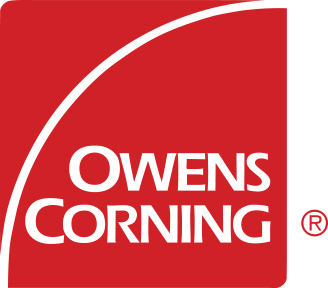Composites and the Pandemic: How Material Conversion Helps Us Move Forward
by Marcio A. Sandri - President, Composites at Owens Corning

Originally published on LinkedIn by Marcio A. Sandri
I don’t remember in my lifetime a year of change that compares with 2020. It is impacting every aspect of our daily lives – work, play, health, social interaction, economics, travel and tourism, politics, racial and social unrest.
For many, life and business have been turned upside down, which demands of leaders a clearly defined path forward framed by the new reality, promising drivers and trends, new technologies/approaches, and sustainability.
Our work and living environments, once distinctive entities unto themselves, may never return to their past, which necessitates a forward-thinking strategy that is adaptive, flexible, safe, comprehensive, and smart.
I have devoted my career to material conversion, new technologies, growth and innovation. Initially at Dow Chemical in Latin America and, for the last 20 years, with Owens Corning around the globe, literally. Always helping drive the conversion to composites in building and development across multiple industry sectors – construction, marine, energy (mostly renewable), auto, appliance, utilities and transportation, to name a few. Notably, professional dialogue tied to work/life balance has transformed into questions surrounding the very physical, environmental, and co-mingling nature of working, living and interacting in a post-pandemic world. Enter “composites.”
This unprecedented time in our history has intensified people’s search for safer, cleaner, and healthier solutions. Digital is the new working platform for most if not all businesses. This calls for new applications for composite materials (more than 40,000 such applications and growing) given its unparalleled benefits over existing offerings.
Think about it:
Glass is 700% better at protecting against mold and mildew than paper gypsum boards. Nonwoven ceiling tiles significantly reduce the risk of fire over paper facers while also offering significant acoustical benefits.
Corrosion-free rebar extends the life of infrastructure in a way that steel simply cannot. Officials in Florida have stated that the Halls River Bridge will have a service life of more than 100 years, powered by rust-free composite reinforcing bar.
Imagine if we could avoid expensive, dangerous, and energy-intensive infrastructure rebuilds across the globe? Composites can!
Leaders in the composites industry have a unique opportunity to press conversion now.
So, in thinking “what’s next?” I cannot help but come back to these two facts: people want safer and more comfortable homes and work environments (for increasing numbers, one and the same); and they want a sustainable, healthier world. Digital platforms require an infrastructure laden with opportunities for Composites in towers, reinforcement of cables, and shielding of equipment.
The conversation today is about solutions to new (and old!) challenges. It is time for designers, engineers, and construction innovators to steer this conversation toward the answers we already have in composites technology.
How do you think composites can help create a new reality?

